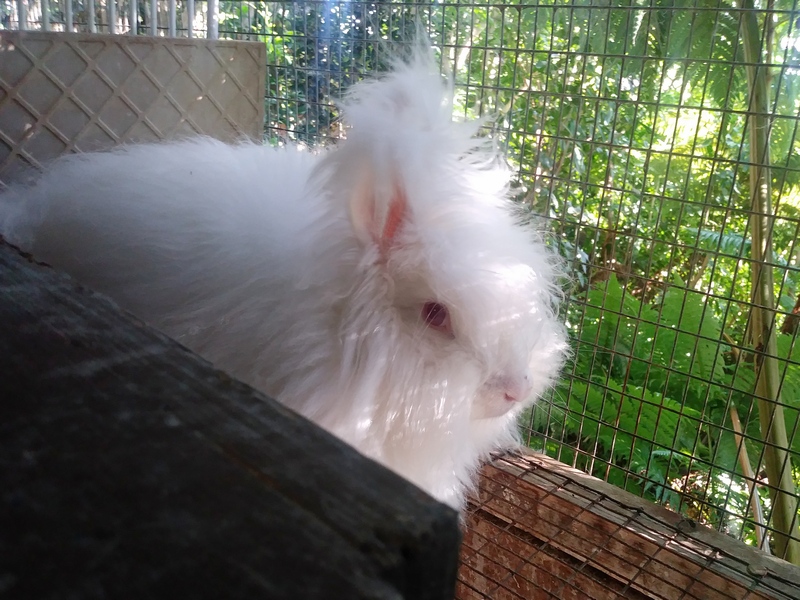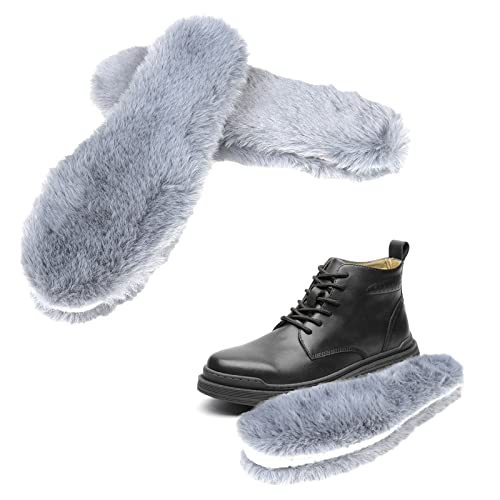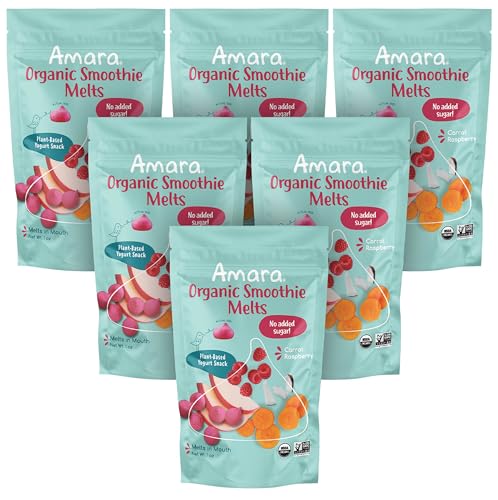We use locally produced grain (wheat, oats), plus black oil sunflower seeds (16% protein, available in our grocery store as wild bird food when the feed mill can't get it), green split peas from the grocery store (25% protein, can be used as is without roasting, see
Pea seeds | Feedipedia) and Calf Manna (25% protein) for trace minerals and more protein. Our total protein for the feed mix is low for angoras, only 14%, plus grass hay with a little clover, but it maximizes locally grown feeds, and we still get fiber. We won't be likely to match the production of the high-protein pellets, but I'm content, and we can switch around grains as needed by the season. Lentils (25% protein) from the grocery store work to replace peas, and again do not need roasting to destroy the anti-trypsin factor that is found in raw soybeans.
I'd suggest you check out the Feedipedia link above, and type in various locally available protein sources for their actual feed value. Type in the name of the feed in the search box on the top left corner of the page. When the search results come up, click on the most likely link to what you are looking for. That will take you to a description page of that feed. Under the name of the feed, you'll find four yellow tabs, the left one (which will be orange when it is the one selected) is for the description. The next one to the right is 'Nutritional Aspects'. Click on it, and scroll down past the ruminant and poultry information down to rabbits. This will give you any pertinent research on feeding this item to rabbits, and any concerns about its use (like soybeans that need roasted to kill the anti-nutrition factors, or whether the feed is especially high or low in some chemical/nutrient). The next tab to the right will give you the complete feed value tables. Some feeds will have pages for both the grain/seed, and the use of the green forage in the search results. This is where we verified the use of mulberry leaves as a protein source, who knew? (Fresh leaves were 20% protein, they talk more about how much to include in the diet.)
So far, our best fiber production has been from an English Angora doe; we generally have molts here every 3-4 months, she produced 6 ounces of non-matted fiber, 5" long, in that time. We usually figure about an ounce & an inch of fiber growth per month, some give more, some less; winter/spring molts give more yield than summer/fall molts. Our fiber testing has been in the 11-12 micron range, and I'm very happy with it. I am breeding for coats that do not mat, with fine, not coarse guard hair. I'm looking for softness in the yarn, not high spike.
There are breeds of angora especially raised for their single, non-molting coat, that need to be sheared. This would include German Angora, Giant Angora, and the more modern Betty Chu-line show English Angoras. She started off with an angora that only molted when pregnant, and bred that trait into her herd, using the longest-molt-period stock as breeders for the next generation. I prefer the old-fashioned English with the dual to triple coats, as we get cold here in the winter. I love having several inches of warm fiber still on the bunny when it molts the outer coat mid-winter.
Shiny English does sound wonderful, but the crosses are often awful for matting, the worst of both worlds. They are very different fibers, my Satin Angora fibers test as low as 9 microns, very fine, which is why I assumed it mats so badly. Oddly enough, I had a Satin Angora doe with very fine down, but very coarse guard hair. I separated out the guard hair from the down, and put it in a separate bag. The guard hair totally matted in storage, the down did not--I expected the opposite, if anything, although my angora rarely mats in storage anyway. I prefer guard hair that you don't notice, not the very coarse type.




















































